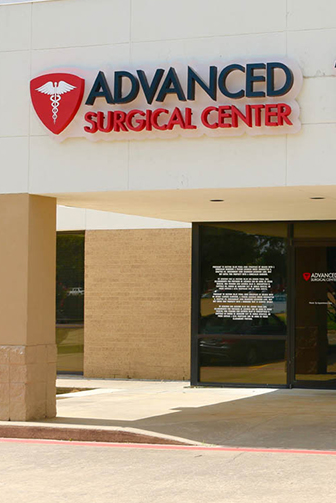Call us
(469) 513-26661018 East Wheatland
Duncanville, TX 75116.Our email
mail@advancedsurgical.com

Valvular Heart Disease
- Home
- Valvular Heart Disease
Valvular Heart Disease

Heart valves
After every chamber in the heart, there is a valve that acts as a one way gate to make sure that blood continues to flow forward through the heart and vessels. With every heartbeat, these valves are designed to open easily, then close seamlessly as the squeezing heart muscle causes a change of pressure inside the heart. Many people can go their entire lives without having any problems with their heart valves, but unfortunately, once a heart valve is damaged, the body is unable to repair it on its own.
What causes valvular heart disease?
There are many different causes of valvular heart disease, and each valve is susceptible to damage and disease in a different way. One form of disease is called stenosis, which happens when the valve becomes stiff or stuck. This makes it harder for the valve to open, so the heart has to squeeze harder in order to get the same amount of blood out. The other form of valvular disease, called regurgitation, happens when the leaflets of the valve no longer close properly, and blood flows backwards through a leaky valve.
Symptoms of valvular heart disease
The most common types of valvular heart disease are associated with symptoms of fatigue and shortness of breath, but chest pain, palpitation, or even fainting can also occur. Many people with valve disease notice their symptoms during physical activity. And as these diseases usually progress with age, the symptoms may be hardly noticeable at the beginning but worsen over time.
What is it?
Damaged heart valve(s)- Increasing age
- Congenital heart disease
- History of certain infections or drug exposures
- High blood pressure
- Poorly controlled cholesterol
- Diabetes
Risk Factors
- Abnormal heart sounds
- Fatigue
- Shortness of breath
- Lightheadedness
- Fainting
Symptoms
- Electrocardiogram
- Exercise testing
Testing
- Chest x-ray
- Echocardiogram
- Cardiac MRI
- Cardiac catheterization
Imaging
- Medications
- Valve replacement

